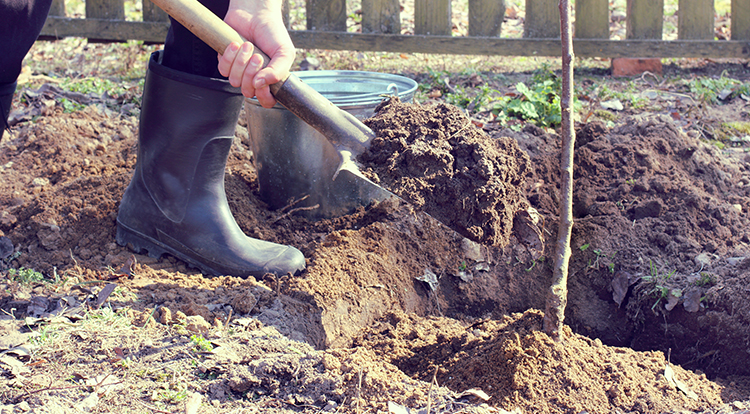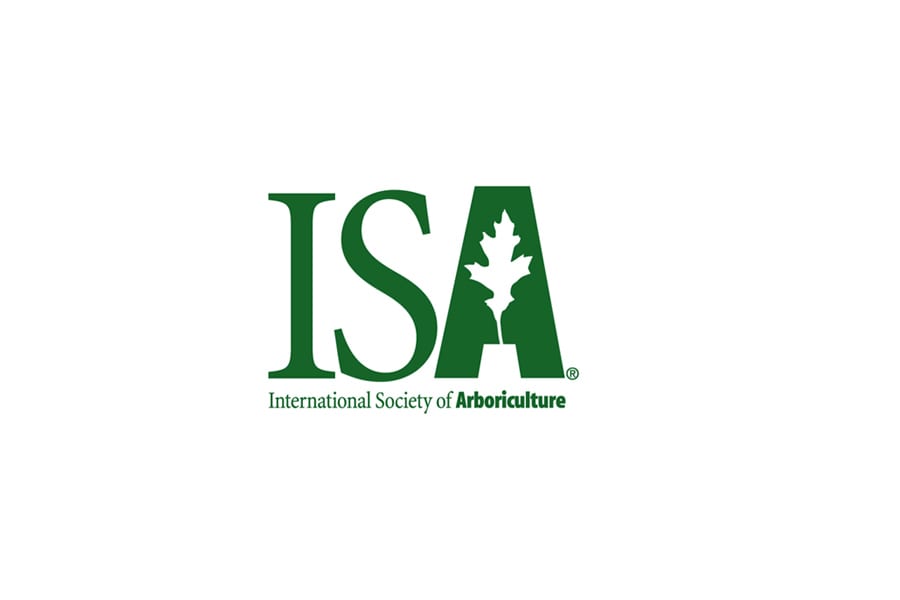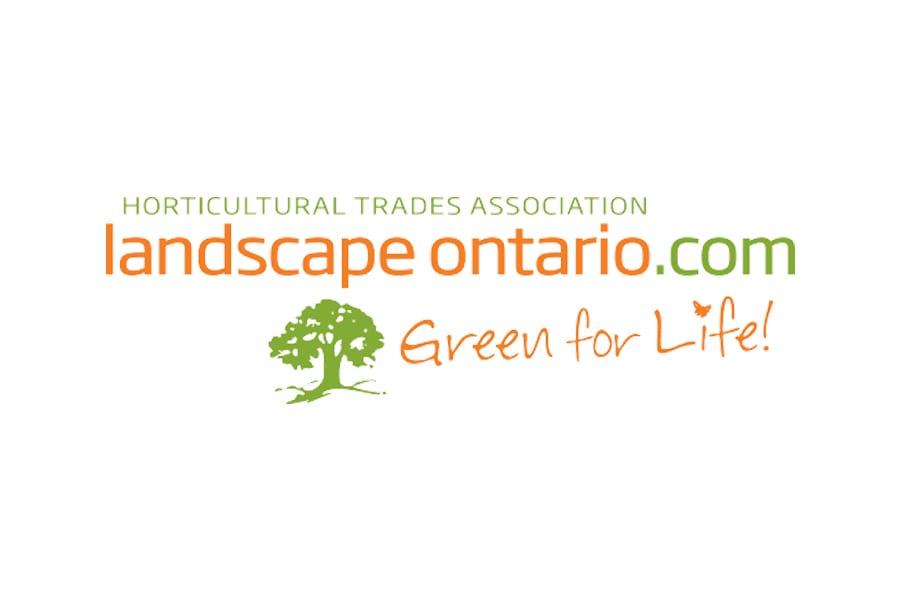
- Nov 5, 2024
- Dreamworks Tree Services
- Tree Planting
- 0 Comments
Why Tree Planting Services Are Essential for Healthy Growth
Tree planting is one of the most impactful ways to beautify your property and contribute to the health of the environment. Trees provide shade, improve air quality, support biodiversity, and enhance property value. For homeowners and communities alike, planting trees is not just a practical choice—it’s an essential step toward a greener future.
However, ensuring that your trees thrive for years to come requires more than enthusiasm. It involves careful planning, proper techniques, and ongoing care. This is where professional tree planting services make all the difference. By working with trained experts, you can avoid common pitfalls and establish trees that will grow healthy and strong in your unique environment.
Whether you’re planting a single ornamental tree or creating a lush urban canopy, investing in professional expertise is key to ensuring success. Here’s a closer look at the benefits and importance of professional tree planting.
Key Benefits of Tree Planting Services
Professional Expertise in Tree Selection
Not all trees are created equal, and choosing the right tree for your property is a decision that impacts its health and appearance for decades. Professionals evaluate numerous factors before recommending tree species:
- Soil Quality and Drainage: Different tree species have unique soil requirements. Experts conduct soil tests to determine pH levels, nutrient availability, and drainage properties. For example, trees like white pines thrive in sandy soils, while sugar maples prefer rich, loamy soil.
- Climate Compatibility: Toronto’s cold winters and humid summers present specific challenges. Tree planting professionals understand which species can withstand local conditions, ensuring long-term health and resilience. Trees like red oaks and serviceberries, for instance, are well-suited to Toronto’s urban landscape.
- Growth Constraints: Professionals consider the tree’s growth habits, including its mature height and root system. This ensures trees are placed where they won’t interfere with buildings, sidewalks, or underground utilities.
In addition to these considerations, experts guide you through selecting trees that align with your aesthetic goals, whether you want flowering ornamentals, towering shade trees, or hardy evergreens for year-round greenery.
Proper Planting Techniques
Planting a tree may seem straightforward, but improper techniques can severely compromise its health and stability. Professional tree planting ensures the best practices are followed, such as:
- Correct Depth and Positioning: Planting too deeply can suffocate roots, while planting too shallowly exposes them to the elements. Professionals calculate the perfect depth and ensure the root flare is visible above the soil line.
- Spacing for Optimal Growth: Crowding trees too closely can lead to competition for sunlight, water, and nutrients. Arborists ensure trees are spaced according to their species-specific needs.
- Soil Preparation: Experts condition the soil by loosening it, removing debris, and incorporating organic matter. This encourages roots to penetrate deeply and establish quickly.
Additionally, professional planting reduces risks like girdling roots or leaning trunks, which can lead to long-term structural issues.
Early-Stage Tree Care for Healthier Roots and Growth
The first few years of a tree’s life are critical to its development. Tree planting services often include:
- Mulching: A layer of organic mulch around the tree’s base retains moisture, suppresses weeds, and regulates soil temperature. Professionals ensure mulch is applied correctly to avoid problems like rot from over-mulching.
- Watering Plans: Overwatering can drown roots, while underwatering stresses young trees. Professionals create a tailored watering schedule based on the tree’s species, soil type, and climate conditions.
- Initial Fertilization: Specialized fertilizers provide essential nutrients during a tree’s critical early growth phases. Professional Arborists use balanced formulas that encourage root development without overstimulating top growth.
These early interventions set a strong foundation, enabling trees to establish deep roots and grow vigorously in their new environment.
Tree Planting and Environmental Impact
The environmental benefits of tree planting are undeniable. In urban settings like Toronto, where green spaces are limited, trees play an especially vital role in improving quality of life.
Trees and Urban Heat Reduction
Toronto’s urban heat island effect occurs when asphalt, concrete, and other surfaces retain heat, raising city temperatures. Trees provide natural shade and cooling, reducing surface temperatures and improving comfort for residents.
Air Quality Improvements
Trees act as natural air filters, absorbing carbon dioxide, dust, and other pollutants. In return, they release oxygen, making urban areas healthier for people and wildlife. A single mature tree can absorb up to 48 pounds of carbon dioxide annually and produce enough oxygen for two people.
Supporting Biodiversity
Toronto’s trees provide habitats for birds, pollinators, and small mammals. By planting native species, professionals ensure that trees contribute to the local ecosystem, offering food and shelter to a variety of species.
Beyond these benefits, trees also help manage stormwater runoff by absorbing rainwater, reducing the risk of flooding in urban areas.
Common Challenges in DIY Tree Planting
While planting a tree may seem straightforward, many DIY efforts fail to account for the complexities of establishing healthy trees. Without proper knowledge, tools, or techniques, well-intentioned DIY planting can lead to long-term issues that may compromise the tree’s health, stability, and lifespan. Let’s explore some of the most common challenges faced by DIY tree planters:
Improper Planting Depth
Planting a tree at the wrong depth is one of the most frequent mistakes. If the tree is planted too deep, its roots may struggle to access oxygen, leading to suffocation and rot. On the other hand, planting too shallowly leaves roots exposed to temperature extremes and desiccation, increasing the risk of instability.
Additionally, many DIYers fail to recognize the importance of the root flare—the part of the tree where the trunk meets the roots. The root flare should always sit slightly above ground level to promote proper root growth and trunk stability.
Neglecting Soil Preparation
Healthy trees start with healthy soil. However, many DIY planters overlook soil preparation, planting trees in compacted or nutrient-deficient soil. This can lead to poor root penetration and slow growth. Without proper aeration and amendments, roots may struggle to spread, making the tree vulnerable to drought, disease, and nutrient deficiencies.
- Lack of Testing: DIYers often skip soil testing, which identifies critical factors like pH levels and drainage capacity.
- Ignoring Drainage Issues: Poor drainage can drown a tree’s roots, leading to fungal infections and rot.
Inadequate Watering Practices
Watering is one of the most misunderstood aspects of tree care. DIYers often fall into two extremes:
- Overwatering: Excessive water can lead to root rot and fungal growth, especially in poorly draining soils.
- Underwatering: Insufficient water can stress young trees, leading to stunted growth, leaf drop, or even death.
Without a clear understanding of the tree’s specific water needs, its age, and the soil type, it’s easy to get watering wrong.
Wrong Tree Placement
DIYers may plant trees in areas that seem convenient without considering factors like:
- Sunlight Exposure: Different trees have varying sunlight requirements. Planting a shade-loving tree in full sun can lead to sunburn and stress.
- Proximity to Structures: Trees planted too close to homes, fences, or driveways can cause root damage to foundations or lead to overcrowded canopies.
Poor placement often results in trees needing to be removed or relocated, both of which can be costly and stressful.
Neglecting Early Tree Care
DIY efforts often end after planting, leaving the tree without the critical early care it needs to establish itself. Lack of mulching, fertilization, pest monitoring, or proper staking can leave young trees vulnerable to environmental stress and structural damage.
By skipping professional guidance, DIY tree planters risk wasting time, money, and resources on trees that may not survive.
Year-Round Tree Care and Maintenance Services
Planting a tree is only the beginning. To ensure it thrives, year-round care is essential. Trees are living organisms that grow, adapt, and face challenges over time, including pests, diseases, and weather extremes. Professional maintenance services provide the ongoing support needed for trees to remain healthy, beautiful, and safe throughout their lives.
Seasonal Pruning
Pruning is crucial for promoting healthy growth, improving tree structure, and preventing potential hazards:
- Winter Pruning: Many trees benefit from dormant-season pruning, which reduces stress and encourages robust spring growth. Removing weak or dead branches during this time also minimizes the risk of winter storms causing breakage.
- Summer Pruning: Tree pruning in the growing season can help shape trees, manage canopy density, and remove diseased or infested branches before problems spread.
Pruning requires skill to avoid over-cutting, which can weaken the tree, and to make precise cuts that promote healing.
Fertilization and Soil Health Management
Healthy soil is the foundation of a thriving tree. Over time, urban and suburban soils can become depleted, requiring professional intervention:
- Fertilization: Arborists apply balanced fertilizers tailored to a tree’s needs, ensuring it receives essential nutrients like nitrogen, phosphorus, and potassium.
- Soil Testing and Conditioning: Regular soil tests identify nutrient deficiencies or pH imbalances. Professionals can amend the soil with compost, organic matter, or other additives to restore its fertility and structure.
Pest and Disease Management
Trees face threats from pests like emerald ash borers, aphids, and caterpillars, as well as diseases like powdery mildew and root rot. Professionals monitor trees for early signs of trouble and implement targeted solutions:
- Integrated Pest Management (IPM): This eco-friendly approach minimizes chemical use by focusing on biological controls, monitoring, and preventive measures.
- Fungal Treatments: Arborists treat trees with fungicides or cultural practices to control diseases that can weaken or kill trees.
Seasonal care also includes winter preparation, such as wrapping trunks to prevent frost cracks or salt damage, ensuring trees survive Toronto’s harsh winters.

Grow a Greener Future with Professional Tree Planting Services
Tree planting is a valuable investment that enhances your property, supports the environment, and creates a lasting legacy for future generations. By working with professional tree planting services, you can ensure that your trees thrive in Toronto’s unique conditions, providing benefits that last for decades.
Ready to transform your landscape? Contact our team of tree experts today to learn how we can help you create a healthy, sustainable, and beautiful outdoor space!












